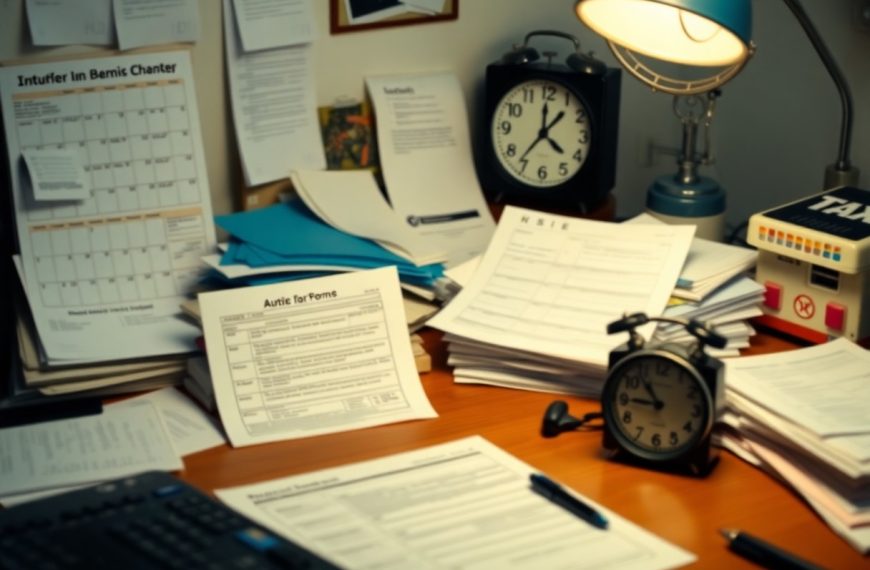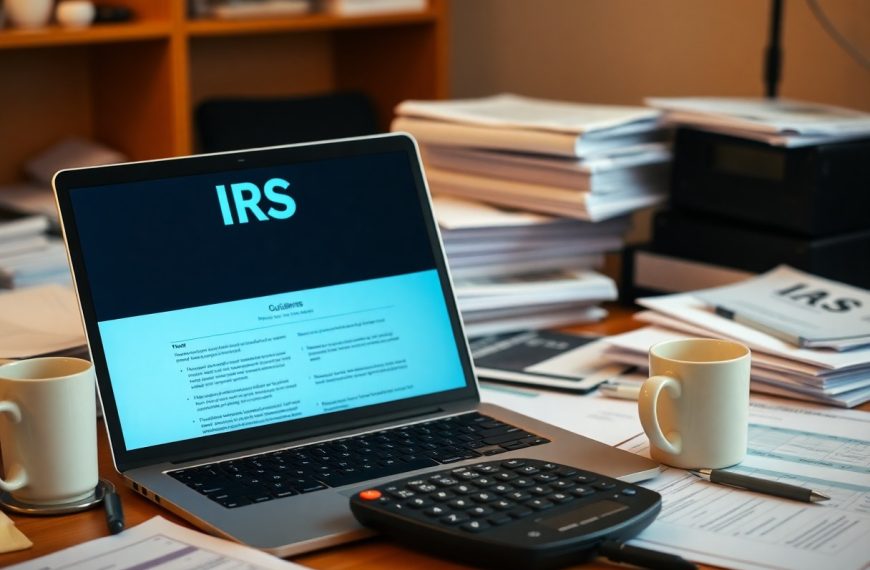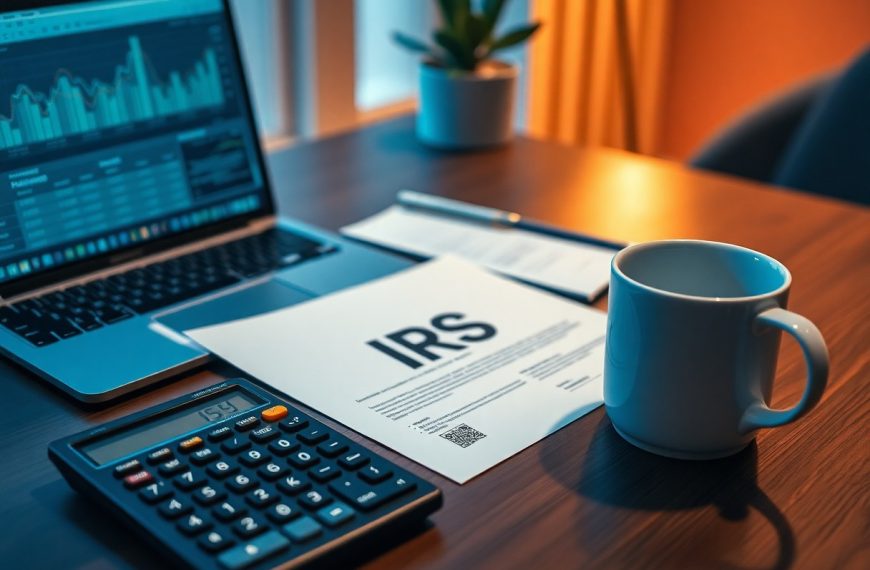Optima Tax Relief has released guidance on securing tax refunds quickly this season, featuring insights from Phil, Lead Tax Attorney at the firm. Many taxpayers are eager to know the quickest method to receive their tax refunds. According to Phil, e-filing is the most efficient approach.
E-filing, or electronic filing, allows taxpayers to submit their returns digitally. This method expedites the process significantly, as it reduces the need for manual entry and processing by IRS personnel. Taxpayers who choose to e-file can expect faster processing times compared to traditional paper filing.
Phil highlights the importance of selecting direct deposit when e-filing. By opting for direct deposit, taxpayers ensure that their refund is deposited directly into their bank account. This eliminates the delay of receiving a paper check in the mail, which can take several more weeks.
The IRS has streamlined its systems to prioritize e-filed returns, making this option appealing for those who wish to receive their refunds promptly. E-filing also minimizes the risk of errors, as the software used for electronic filing often checks for common mistakes before submission. This further reduces the likelihood of delays caused by errors necessitating IRS follow-up.
Phil recommends that taxpayers gather all necessary documentation before beginning the e-filing process. Having W-2s, 1099s, and other relevant tax documents on hand ensures a smooth process. Many tax preparation software programs can guide users step-by-step, making e-filing accessible even for those less familiar with the process.
IRS statistics show that the majority of taxpayers now use e-filing and direct deposit. These methods are favored because they align with the increasingly digital lifestyles of Americans. Last year, more than 90% of all tax refunds were issued via direct deposit, reflecting the system’s reliability and efficiency.
Security is another critical factor in choosing e-filing. Phil points out that electronic submissions reduce the amount of sensitive information circulating in the mail. This approach reduces the chances of identity theft and fraud, which can occur when paper returns are intercepted.
Phil emphasizes that taxpayers should use trusted tax preparation software or services. These platforms often incorporate the latest security measures to protect personal and financial information. Partnering with credible services such as Optima Tax Relief can offer added peace of mind, given their expertise and dedication to client outcomes.
For those with more complex tax situations, consulting a tax attorney or professional may be beneficial. Individuals with multiple income streams, investments, or business income can streamline their returns and optimize refunds through expert guidance. Optima Tax Relief provides tailored services to meet diverse tax needs.
The IRS generally issues refunds within 21 days for those who e-file and select direct deposit. This time frame can vary if there are errors in the return or additional reviews are required. Phil advises taxpayers to check the IRS website for updates on their refund status, using the “Where’s My Refund?” tool.
Taxpayers are encouraged to file as soon as possible. Early filing not only accelerates refund processing but can also help in detecting fraudulent returns filed under a taxpayer’s identity. By filing early, individuals safeguard against such risks and ensure their legitimate returns are processed without delay.
Phil’s advice underscores the effectiveness of e-filing and direct deposit in speeding up tax refund receipt. Optima Tax Relief continues to support taxpayers through expert advice and professional services, aiming to make tax season as stress-free as possible.
Slug: e-filing-direct-deposit-fastest-tax-refund
Meta Description: Learn how e-filing and direct deposit expedite tax refunds with insights from Optima Tax Relief’s Phil. Discover efficient, safe, and swift methods this tax season.















